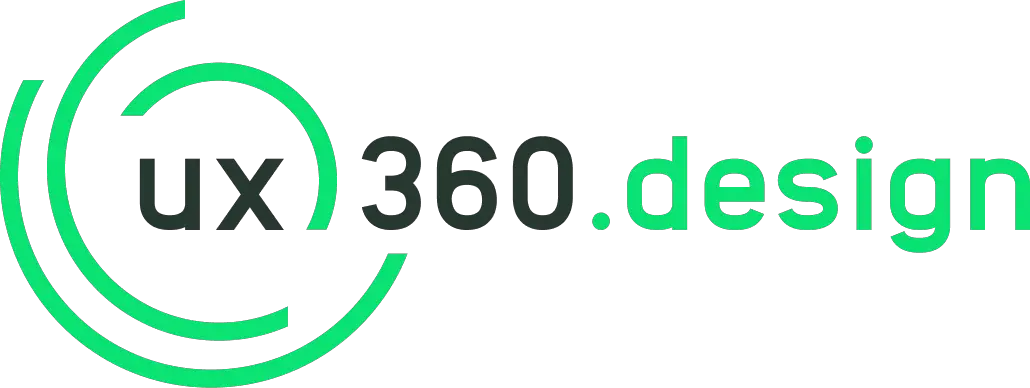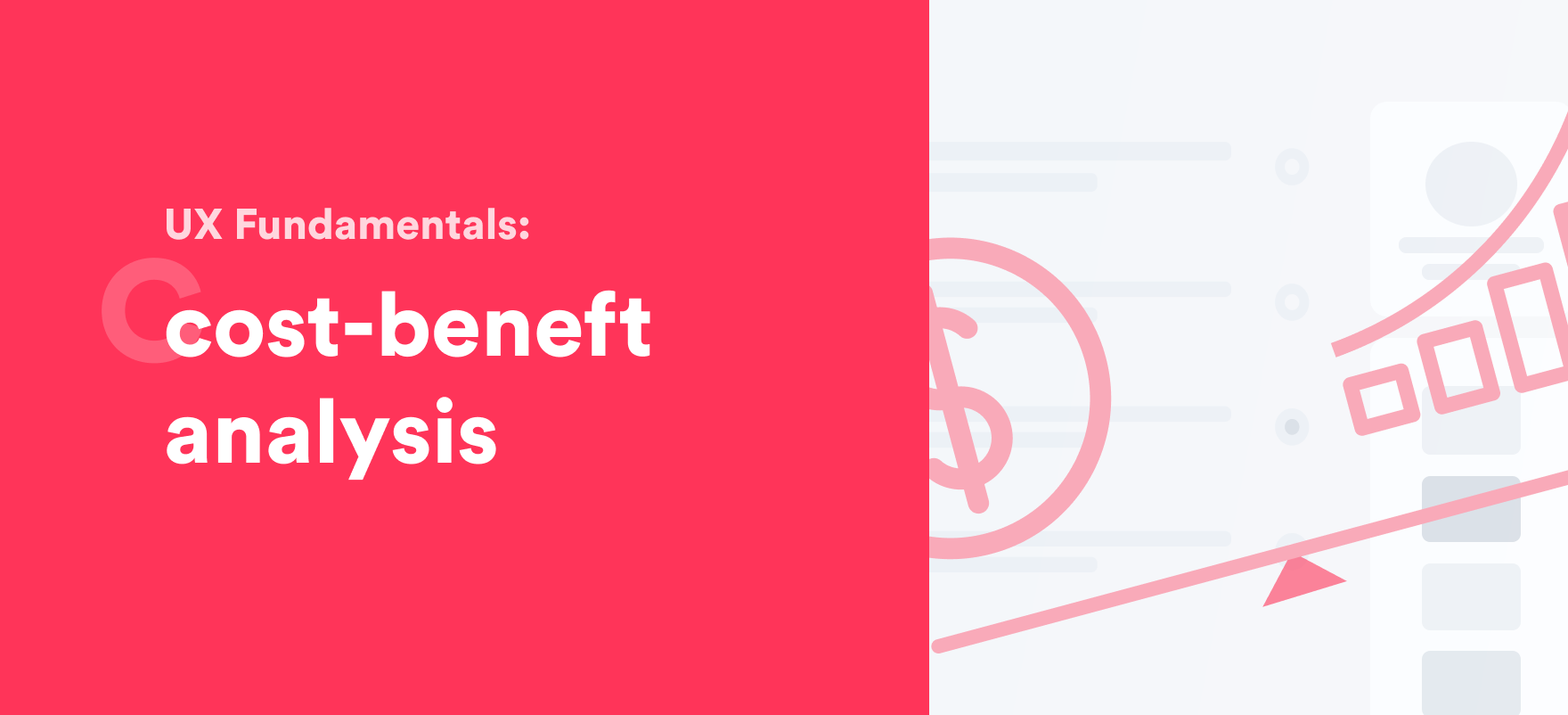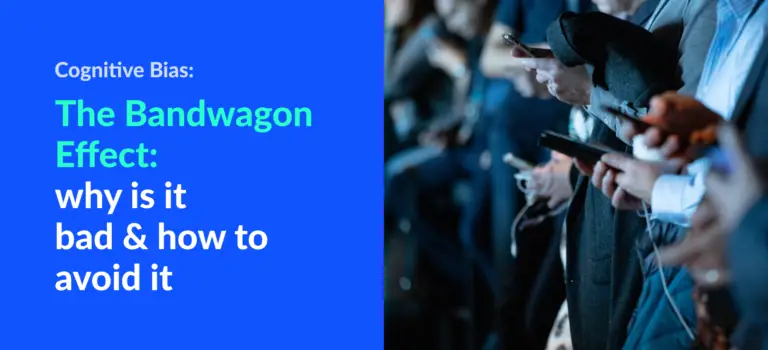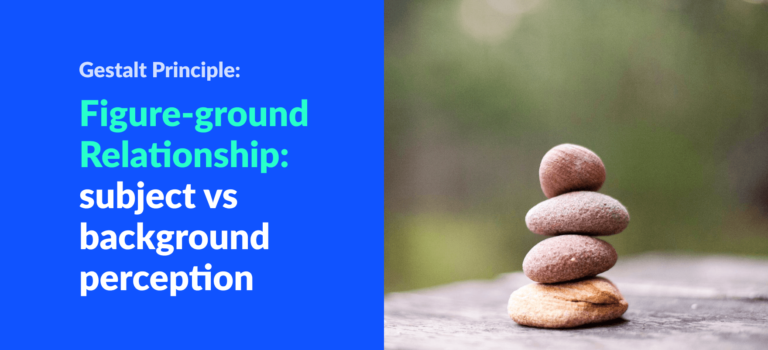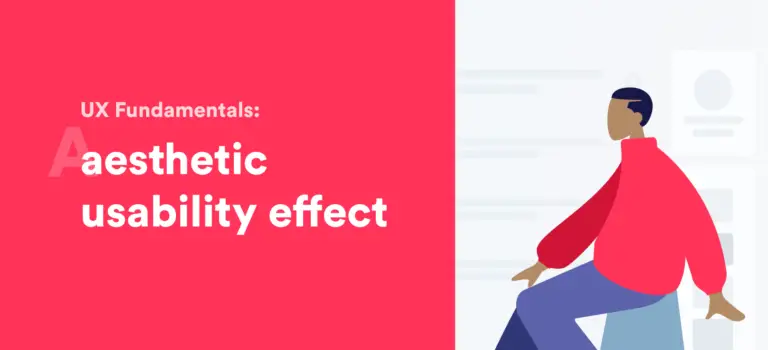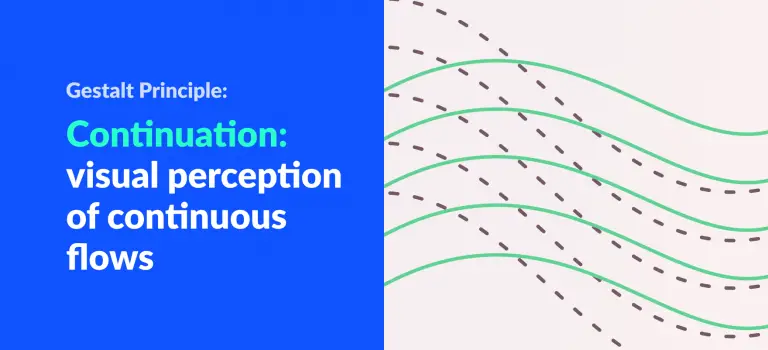Cost-benefit Analysis in Design Process: Prioritization and Implementation
In this article, we will look into how we can analyze our product by comparing cost and benefit. Also, we will look into common mistakes while performing a cost-benefit analysis and ways to avoid them.
What is Cost-Benefit analysis?
Cost-benefit analysis in products is used to compare the cost of pushing a feature to the value it provides.
We can breakdown this definition from two different perspectives:
Designer perspective:
Does the effort of adding a feature have an equal financial return? As a designer, we answer this question by performing a cost-benefit analysis. We then estimate the financial return for each feature that is in the pipeline.
To set features priority, we need to check how much the features are worth vs how much our audiences are willing to pay. The cost-benefit analysis helps you find this balance. Thus allowing your product to thrive.
User perspective:
While designing users should always be the priority. So, we have to think like our end users. As a user, we have to determine whether the benefits of having a feature outweigh its costs or not.
We now test if a design is good enough that the benefits correspond with the cost. After evaluating you can decide whether to invest time and resources on a feature or not.
How to perform a Cost-Benefit analysis?
For designers:
- Make a list of your gains and your costs. Brainstorm all your benefits and your costs. Check if any unexpected cost or benefit could occur.
- Give some numerical values to your costs. Assign some values for your cost like monetary value or investing time. Plan ahead so you can know if you are willing to invest the time and money.
- Analyze your benefits. Check the financial returns from the product. Since it’s hard to predict the return, consult with your partners and range your gain accordingly.
- Compare costs and benefits using a cost-benefit chart. Compare what you offer and what you get. This stage finalizes whether you want to make the product or not.
For users:
- Make a list of your gains and your costs. Brainstorm all your benefits and your costs.
- Analyze your costs. Analyze how much you need to spend. Either time or money.
- Analyze your benefits. Analyze the services provided. Check reviews if possible for the product to get an idea of the product.
- Compare costs and benefits. Compare what you get for the time and money you offer. This stage finalizes whether you want to use the product or not.
Understanding Cost-Benefit Chart

The chart shows the cost scale on the x-axis and benefit scale on the y-axis. There are scales from 1-5 on each axis. 5 on the x-axis is the most expensive and 5 on the y-axis represents the most beneficial. Similarly, 1 is the least expensive for the x-axis and least beneficial for the y-axis.
The chart is divided into four quadrants. For each feature, we plot a point in the chart according to the value assigned for its cost and benefit. The priority of a feature is decided by where in the quadrant it lies.
Here is how we decide on the priority:
- 1st quadrant: Features that lie here should be of lowest priority.
- 2nd quadrant: Features that lie here are not worth it. We can discard them.
- 3rd quadrant: Features that lie here should be of medium priority.
- 4th quadrant: Features that lie here should be of the highest priority.
Example from a designer perspective
Let us set up a scenario. We have a library with thousands of books but it is not sorted. Now we have to decide if sorting the books is the right decision or not.
Sorting all the books will take up both resources and time. However, it will be less frustrating for the users to browse the catalog. This increases engagement. The benefit does out-weight the effort. So, I would assign its cost value of 4 and benefit value of 5. On the graph, the coordinates would be (4,4).

Example from a user perspective
Following the same scenario, for a user, this is an ideal situation. For a minimal cost, they get an easy sort system that allows them to browse quick. So, let’s assign it a co-ordinate of (2,5).
Now we can conclude that this feature is of high priority. Similarly, we evaluate all other features and focus on the most important ones. We discard features with high-cost and low benefits.

Common mistakes
Here are some common mistakes:
- Not recognizing what your costs and benefits are. This is a major issue that is not rare in people. Always keep in mind that something to your preference might not excite others.
- Inaccurate cost and benefit information. Not properly analyzing beforehand might lead to unexpected circumstances. In the worst cases, your plan will not succeed.
- Investing in inconsistent or outdated product types. For example, investing in a tungsten bulb is not what you want to do, either for a designer or the user.
Avoiding these mistakes
Now let’s look at some precautions to avoid these mistakes:
- Usability testing: Usability testing is a great way to get a better knowledge of what the general audience wants. This helps you understand what you want to put out as a cost for other people and what your costs would be.
- Focus Groups: This helps you get an idea of what your partners and stakeholders prefer. Getting this information helps you expand your project and improve it.
- Get suggestions from your target audience. Take advice from your target audience through community groups like Reddit or Facebook. This helps you broaden your view and provide what everyone wants.
- Always plan ahead and research. Staying on the latest trend is very important. Updating your old works is also necessary. And plan and research before you put your product out for others or use the products. Checking reviews is a great way to get a general idea for users.
Concluding
When designing, we tend to focus more on the user’s side than the business side. The cost-benefit analysis helps us make smart decisions keeping both sides on the mind.
If you ask me, this analysis is a great step for making a more functional product. Since the implementation is very easy, I do encourage you to implement this in your projects.
Further reading:
